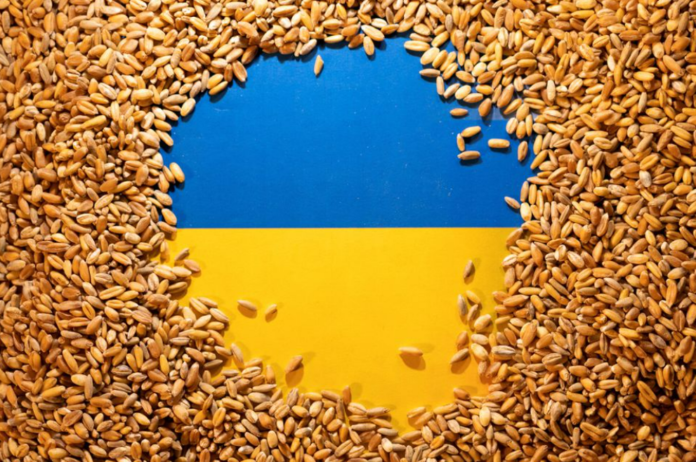Romania plans to rapidly expand one of the key transit routes for grain from neighboring Ukraine as Russia’s escalating attacks in the Black Sea are exacerbating risks for the global food trade, according to Bloomberg.
The country has already facilitated the transit of more than 20 million tons of grain from Ukraine, about half of the entire 41 million tons shipped via the so-called solidarity lanes since Russia’s invasion began.
Now, Romania may open new crossing points with its neighbor, increase staff at existing crossings and bring in retired and military pilots to speed up the transit of ships through the Danube canals, Foreign Minister Luminita Odobescu said.
“We are in close contact with Ukraine to identify the best options to increase and speed up this transit,” Odobescu said in a phone interview late on Thursday. “The security situation of course is not easy, but we are very much committed to continue to help Ukraine.”
The collapse of the Black Sea grain deal has triggered food-security concerns in Africa, where about half of the countries import more than a third of their wheat from Ukraine and Russia, and ramped up the pressure on the existing solidarity lanes set up by the European Union.
The Romanian port of Constanta, the largest Black Sea port in the bloc, is currently the preferred option for Ukrainian companies due to proximity and costs.
Still, with Romania itself being a large grain exporter, the risk of overcrowding is rising both at the ports and on the land routes. There are already kilometers-long lines of trucks at the existing crossing points with Ukraine and dozens of ships on the Danube.
This has triggered dissatisfaction among local farmers, prompting Romania and four other eastern European nations to ban direct imports of Ukrainian grain, with the EU’s approval. Russian attacks on Ukrainian river ports have made some ship crews wary of calling there, which could partly limit the extent to which the expanded capacity translates into higher shipment volumes.
Despite all that, Romania has increased the capacity of the Constanta port, upgraded and reopened a closed railway link to Ukraine and is working on bringing in much-needed pilots to steer ships through the Sulina channel to reach the Ukrainian ports on the river. The Sulina port even recorded record traffic in May with over 470 ships crossing, according to the Transport Ministry.
Further to the south along the route, Bulgaria is also willing to ‘significantly’ increase the transit of Ukrainian grain through its railway network, as long as the Greek ports have the capacity to handle the grain, Prime Minister Nikolai Denkov said earlier this week after returning from a visit to Athens and talks with Greek counterpart Kyriakos Mitsotakis.
Bulgaria has so far helped the transit of Ukrainian grain mostly through its Varna port, while the option to export through Greek ports hasn’t been realized yet, he said.
As early as next month, the number of pilots on the river channel in Romania will start to gradually increase to about 60 from the current 40 by bringing back retired personnel and navy captains. This will boost transport capacity through the channel by 50%, Gabriel Covrig, the official responsible for piloting, told Bloomberg.


